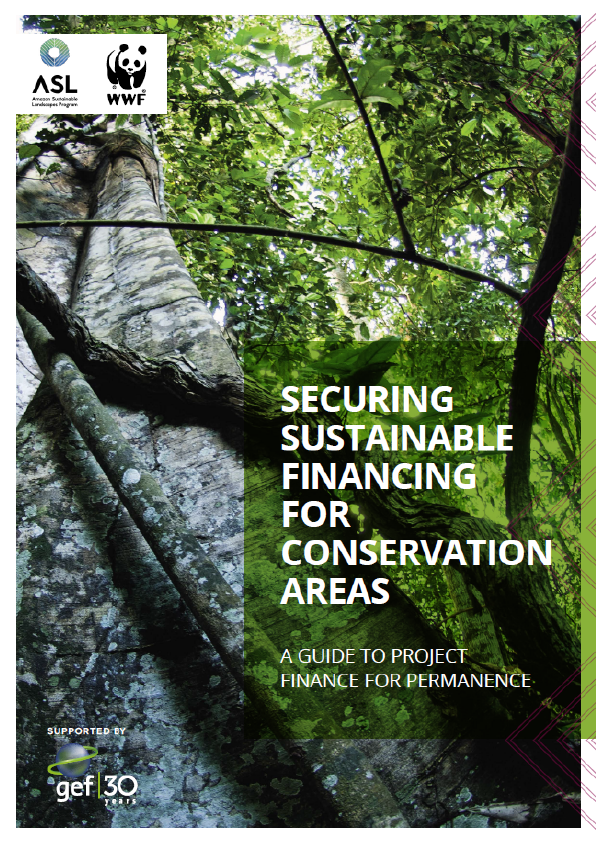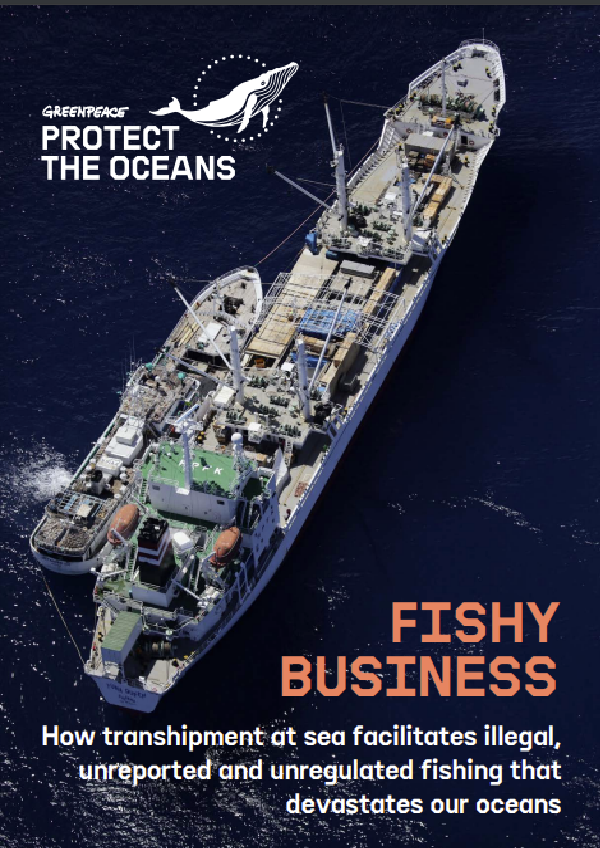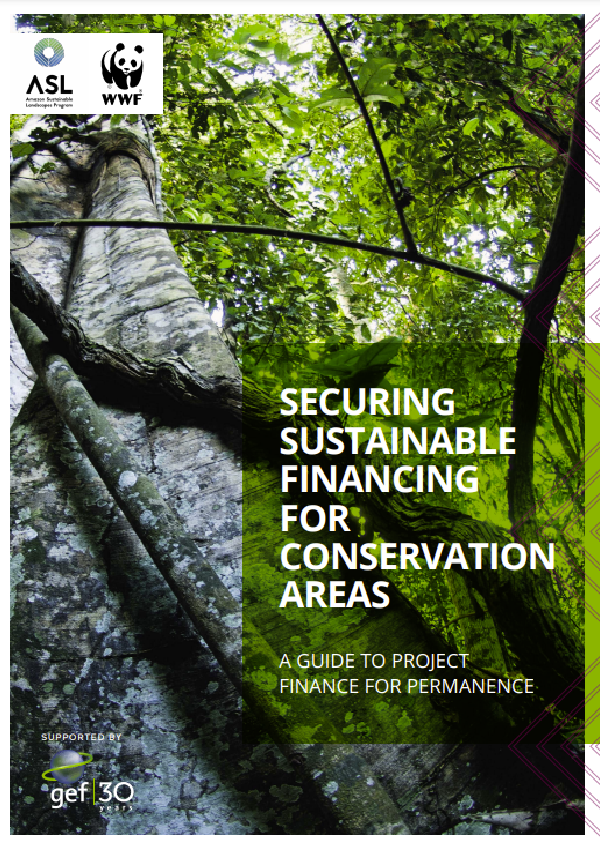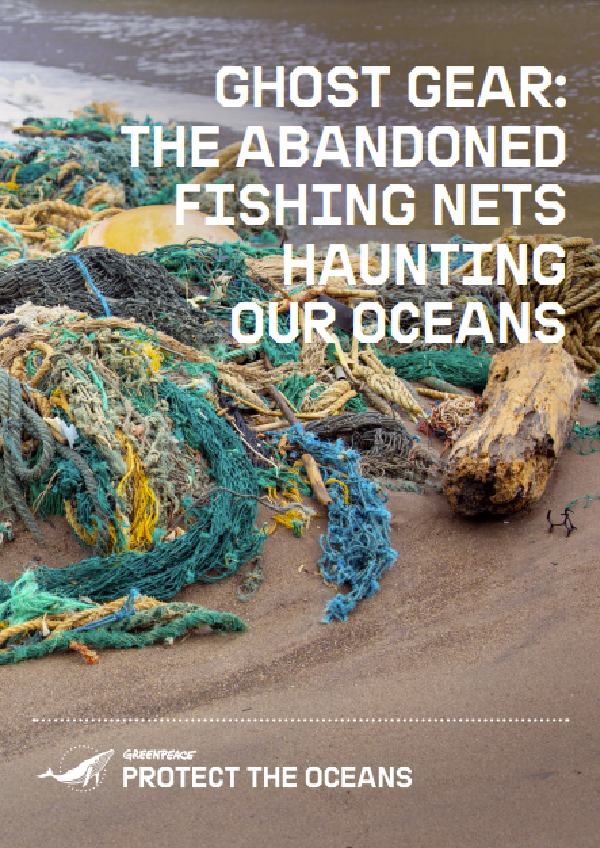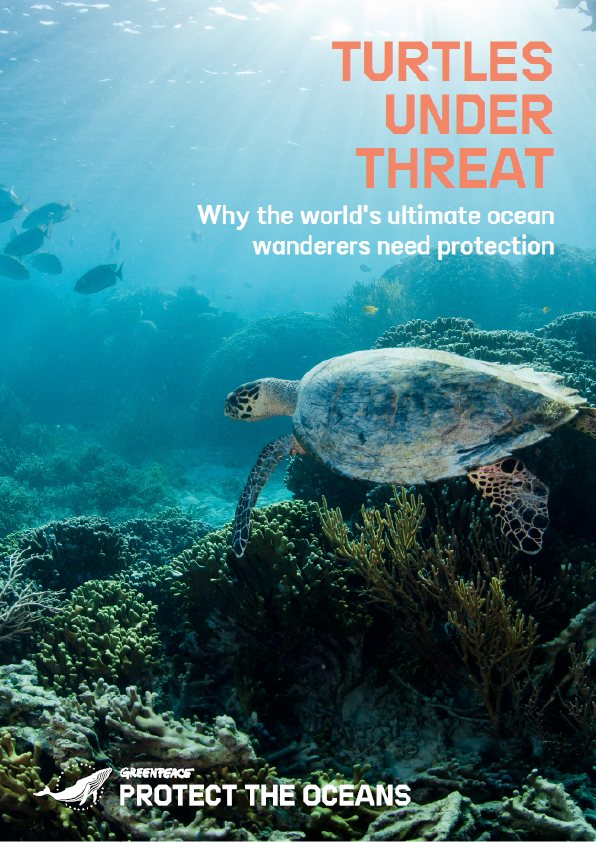PFP is defined as an approach or single initiative that secures important policy changes and all funding necessary to meet specific conservation goals of a program over a defined, long-term timeframe with the ultimate aim of achieving the ecological, social, political, organizational, and financial sustainability of that program.
The PFP approach must incorporate each of the following components:
- A large-scale, specific, and charismatic conservation goal
- A conservation plan that details all activities to achieve and maintain the conservation goal
- A robust financial model that estimates full, long-term costs to achieve and maintain the conservation goal in perpetuity
The five elements of sustainability
Ecological
The program must ensure the long-term health of an ecosystem. Geographic areas must be sufficiently large and well protected to maintain biodiversity, possibly including migration corridors for long-ranging species.
Social
Conservation areas in the program must be supported by those who live in or near them to secure a “license to operate.” Such support typically comes from societal benefits the program provides (such as improved ecosystem services), and the ability to provide continued economic opportunities in the region.
Political
A strong, high-level, sustained government commitment and good national governance are necessary to support program design and implementation across administrations.
Organizational
There must be institutions with the capacity to successfully design, execute, and monitor activities that contribute to the program’s conservation goal.
Financial
There must be sufficient funds, and strong funds management and control processes to obviate the need for significant future fundraising for the specific conservation goals and activities of the PFP.
